Each of the four regions of Africa all have atleast one of the most famous tribes in Africa. Africa has an estimated total of 3,000 tribes, all of which incredibly vary in terms of language and culture. The continent itself might have evolved greatly in the past two millennia; but tribal influences continue to be a dominant force in most parts. And even though the split-up between tribes has lessened over the years; tribal affiliations still stand as a prevailing source of pride among the natives. With that in mind, let’s briefly look at the 20 most famous African tribes.
In no particular order, here at the Top 20 most famous tribes in the Continent of Africa.
The Zulu Tribe Of Southern Africa
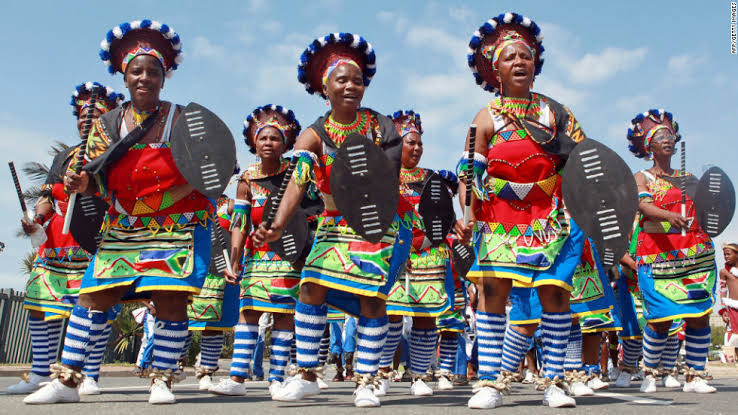
The Zulu tribe is unequivocally one of the most famous tribes in Africa—for a number of good reasons. First, we have the Shakaland, which is acknowledged worldwide as the birthplace of the Legendary chief, Shaka Zulu.
Secondly, Zulu is also acknowledged for being the largest ethnic group in South Africa; with an estimated population of 11 million people.
The Maasai Tribe Of East Africa
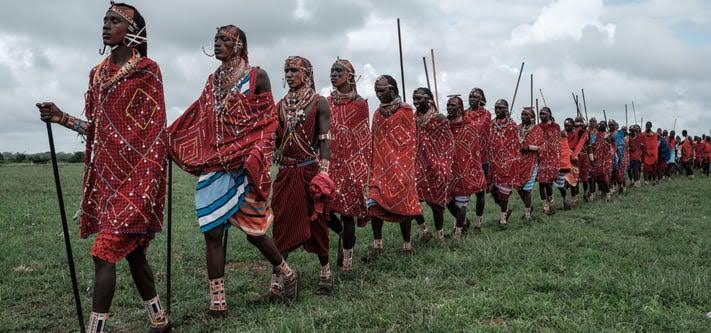
Maasai is the second most popular African tribe after Zulu; and it’s mainly because of its deeply rooted traditions and culture. Even when a great majority of African tribes are adopting a modern lifestyle; Maasais still live in Bomas and nomadically move around with large herds of cattle for a living.
They mainly feed on meat, drink raw animal blood, and can be spotted anywhere in East Africa; especially Kenya, wearing Shukas and exceptionally beaded jewels.
The San Bushmen Of Southern Africa
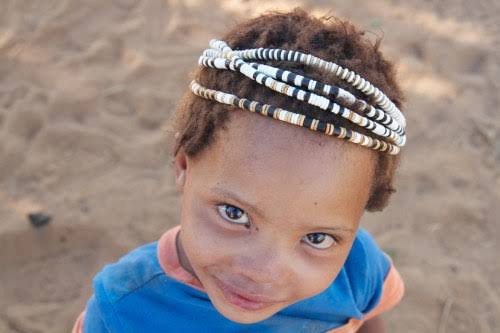 If you thought everything in “The gods must be crazy” film was all acted up, then wait until you observe the daily lives of the San Bushmen. To begin with, this is the tribe that consists of people who have inhabited Western Botswana and Makgadikgadi pans for centuries. That’s to say they’ve literally survived living in an arid area, which has no drop of water to be spotted anywhere. And not only do they depend on setting animal traps for feeding, but also feed on tubers and roots. Dressed in loincloths, the tribesmen swing bows and arrows on their shoulders, as they lead the way and factually make tobacco from zebras’ dung.
If you thought everything in “The gods must be crazy” film was all acted up, then wait until you observe the daily lives of the San Bushmen. To begin with, this is the tribe that consists of people who have inhabited Western Botswana and Makgadikgadi pans for centuries. That’s to say they’ve literally survived living in an arid area, which has no drop of water to be spotted anywhere. And not only do they depend on setting animal traps for feeding, but also feed on tubers and roots. Dressed in loincloths, the tribesmen swing bows and arrows on their shoulders, as they lead the way and factually make tobacco from zebras’ dung.
The Yoruba Tribe Of West Africa
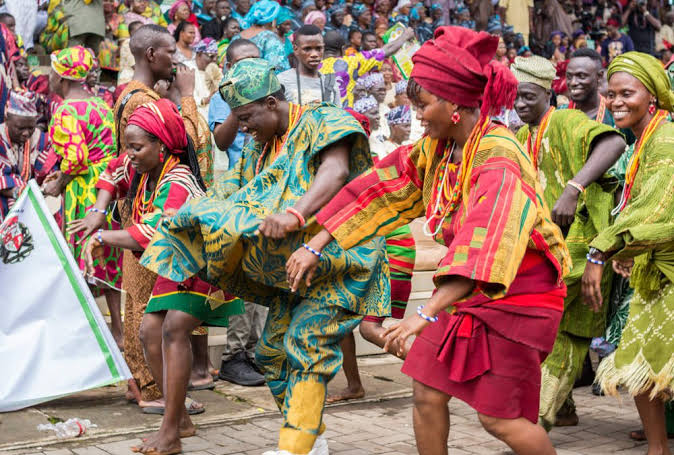
Yoruba is undeniably one of the largest ethnic groups in Africa, with a population estimated at about 35 million people in total; the Yoruba tribe is one of the most famous tribes in Africa. They mainly occupy the South Western sides of Nigeria, as well as Southern Benin, with a great majority coming from Nigeria.
The Xhosa Tribe Of Southern Africa

All across the Eastern-Cape-Province of South Africa, you are likely to come across millions of people who speak with literal click sounds – the Xhosa people.
Actually, Xhosa has a number of sub-tribes that encapsulate it: Mpondo, Xesibe, Mpondomise, Thembu, Bhaca, and Mfengu, with Mpondo being the most popular among them.
The Hausa Tribe Of West Africa

The Hausa are one of the largest ethnic groups in Africa, as well as the largest in West Africa. In fact, it’s not only a racially diverse ethnic group in Africa, but culturally homogenous as well, encircling the people in the Sudanian and Sahelian areas of South-eastern Niger and Northern Nigeria, with a significant number living in Chad, Togo, Cote d’Ivoire, Sudan and Ghana.
They have a restricted dress code: elaborate dresses for men with striking embroideries around the neck, and colorful caps commonly referred to as file.
For Hausa women, there’s the abaya wrapper, which consists of a colorful wrap cloth, matching blouse, a shawl and a head tie.
The Karo Tribe of East Africa

The Karo or Karaethnic group reside along the east banks of the Omo River Located in Southern Ethiopia.
With an estimated population of about 2,000 people, the Karo people form one of the most famous tribes in Africa; and they have a fascinating culture known for body painting.
Karo tribe members are known to paint their bodies with a combination of white chalk, yellow, mineral rock, iron ore, and charcoal. In addition, they often practice ritual scarification, choosing scars as an easy way to identify themselves.
The scarification of the man’s chest indicates that he has killed enemies from other tribes; and he is highly respected within his community, according to Atlas of humanity.
The Karo women are considered particularly sensual and attractive if cuts are made deep into their chests and torsos and ash is rubbed in; creating a raised effect over time and thereby enhancing sexual beauty.
The Himba Tribe of Southern Africa

Himba tribe, found in Northern Namibia—Kunene region, is basically made up of semi-nomadic pastoralists that comprise of approximately 20, 000 to 50, 000 aboriginals. They are famously known as the “Red People of Africa,” since they use red paste called otjize—a mixture of butter and red clay to paint themselves red. Also noted in their village is the holy fire (Okuruwo), which is continuously kept alive to represent the ancestors who help them mediate with their God, Mukuru.
The Igbo Tribe of West Africa

The Igbo people also known as Ndigbo, are found in southeastern part of Nigeria as well as some remote parts of west Africa. They are also recognized in Jamaica as the Red Eboes. The Igbo people are one of the most famous tribes in Africa and have many interesting customs and traditions. With a population of around 40 million throughout Nigeria, they are one of the biggest and most influential tribes. Igbos are well-known for their entrepreneurial endeavors, doggedness, well traveled nature and sadly the Biafran war; both within Nigeria and around the world.
The Dogon Tribe of West Africa
 The Dogon people are a branch of the Niger-Congo language group, a tribe of anything between 400,000 and 800,000. They live in villages in good defensive locations on the Central Plateau of Mali and into Burkina Faso. They originally believed to have headed from the north of Africa to avoid Islamisation; because their lives revolve around their traditional religion though some are now Muslims and others, Christians. As one of the most famous tribes in Africa, the Dogon people are recognized globally for their art and their astronomical knowledge. The Dogon people survive by growing crops and keeping livestock.
The Dogon people are a branch of the Niger-Congo language group, a tribe of anything between 400,000 and 800,000. They live in villages in good defensive locations on the Central Plateau of Mali and into Burkina Faso. They originally believed to have headed from the north of Africa to avoid Islamisation; because their lives revolve around their traditional religion though some are now Muslims and others, Christians. As one of the most famous tribes in Africa, the Dogon people are recognized globally for their art and their astronomical knowledge. The Dogon people survive by growing crops and keeping livestock.
The Oromo Tribe Of East Africa

The Oromo tribe is made up of people who inhabit the Southern part of Ethiopia, Northern Kenya and some parts of Somalia. It’s considered the largest ethnic group in Ethiopia, which accounts for about 35% of Ethiopia’s population.
Basically, the Oromos speak the Oromo Language—which is considered a Cushitic version of the Afro-Asiatic lingo.
The Kalenjin Tribe of East Africa

If you’re a serious fan of athletics, then you definitely know a word or two about this African tribe from the Western Highlands of Kenya. Originally, Kalenjins were referred to as the “Nandi speaking tribe”; until the early 1950s when they officially adopted the name Kalenjin.
Since then, the tribe has consistently been giving birth to elite Marathon runners; making it one of the most popular tribes worldwide as far as athletics is concerned.
The Tuareg Tribe of Northern Africa

The Tuaregs are a large tribe of Berber ethnicity occupying huge areas of the Sahara Desert. As nomadic pastoralists, they travel to seek food and water, making them one of the most famous tribes in Africa; As a result of their nomadic movements, they are found in the Mediterranean countries such as; Libya and Algeria, as well as countries in the region known as the Sahel; on the Sahara’s southern boundary, such as the country, Niger.
The Ashanti Tribe of West Africa

The Ashanti people live in central Ghana in the Rain forests of West Africa approximately 150 miles away from the coast. They are a major ethnic group of the Akans (Ashanti and Fanti) in Ghana, and are one of the most famous tribes in Africa. Much of the modern nation of Ghana was dominated from the late 17th through the late 19th century by a state known as Asante. Asante was the largest and most powerful of a series of states formed in the forest region of southern Ghana by people known as the Akan. Among the factors leading the Akan to form states, perhaps the most important was that they were rich in gold. The Ashanti are popular for Gold. It is now politically separated into four main parts. Ashanti is in the center and Kumasi is the capital.
The Ashanti are the largest tribe in Ghana and one of the few matrilineal societies in West Africa. The area of Ashanti is 9400 square miles with a population of about one million.
The Mbenga Tribe of West Central Africa
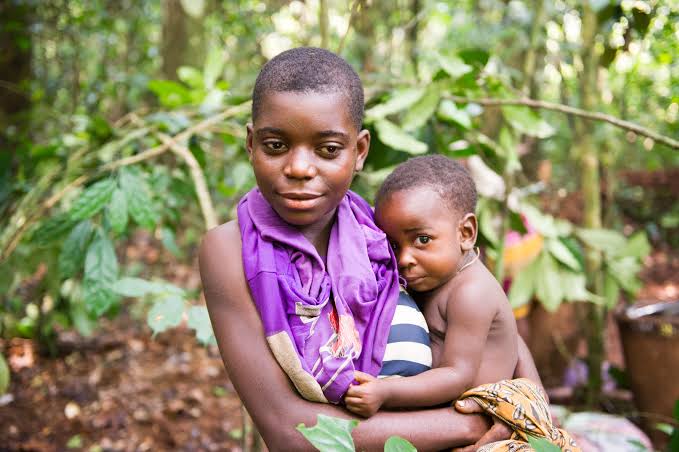
The Mbenga people are known as the Pygmy Ethnic Group who are found in the West Congo Basin. There are a dozen different pygmy groups with the Mbenga one that speaks Bantu and Ubangian. They are hunter-gatherers largely dependent on what the forests can provide. They trade with neighbors for other things they need. Accurate numbers are difficult to ascertain but educated guesses suggest around half a million live in the Congo rainforest. The Mbenga people are part of the most famous tribes in Africa.
The Hutu Tribe of East Africa
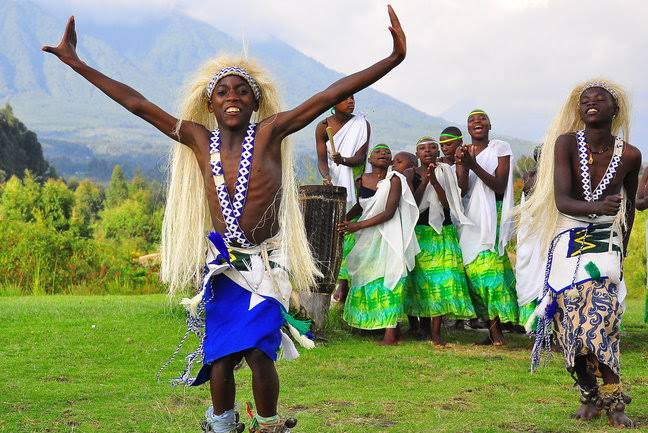
The Hutu Tribe has a population of around 20-25 million people, settled primarily in two countries. Although the Hutu people are considered as a small tribe, they are one of the most famous tribes in Africa. In Rwanda and Burundi, around 85% of the people are Hutu and a combined 21 million Hutu live in these two countries.
The origins of the Hutu lie in the great Bantu expansion which was when they emigrated to the Great Lakes Region in Africa around the first century. The Hutus speak Rwanda-Rundi which is a Bantu language they also share with the Tutsi and the Twa. The Hutu and the Tutsi tribes lived together in relative peace until the colonial invasion by Europeans which then soured the relations between the two tribes, leading eventually to the Rwandan genocide. The Hutus are famous for their pottery and craftsmanship; while music and dancing remain a key cultural component of the Hutu tribe.
The Fula Tribe of West Africa

The Fulani/fula/fulbe tribe are one of the largest ethnic groups and most famous tribes in Africa; with over 40 million people. They live mainly in Western African nations such as Nigeria, Mali, Guinea, Cameroon, Senegal and Chad. They have their own language known as Fula. Due to their Nomadic nature, their origins are unclear but there are many theories as to where they originated. The oral traditions of the Fulani states that they started from what is now present day Jordan. They are one of the few Africa tribes to adopt Islam, with 98% of the Fulani being Muslim. Prominent Fulani include the first President of Cameroon, Ahmadou Ahidjo, and Major General Mohammadu Buhari, the current President of Nigeria.
The Amazigh Tribe of Northern Africa
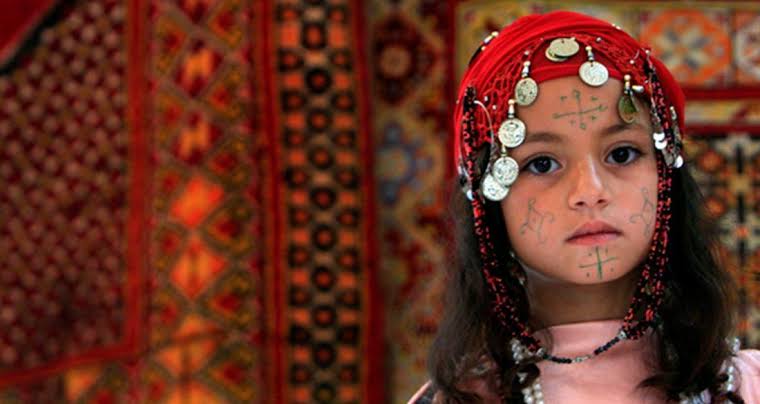
The Amazigh tribe consists of around 40 million people. Also called the Berbers, they are mostly found in Morocco and Algeria, but are also found in Tunisia, Libya, Egypt, Mali, Mauritiana and Niger. Most Amazigh speak the Amazigh language, though they also speak Arabic.
As one of the most famous tribes in Africa, they have inhabited the Maghreb region in North Western Africa for over 12,000 years now. There are cave paintings from around 10,000 BC which can be attributed to the Amazigh. Numidia was an ancient Amazigh Kingdom which was very prosperous at the height of its success.
The Somali Tribe of East Africa

The Somali Tribe have a population of around 20 million people and can be found majorly in the country of Somalia, and then Djibouti, Ethiopia and Kenya.
The origins of the Somali tribe can be traced back to about 7,000 years ago. New archaeological and linguistic studies have confirmed the Somali tribe to be the indigenous people of the Horn of Africa. They have lived there for over 7,000 years. The majority of the people speak the Somali language which is a Cushitic language. There are around 12.5 million Somali speakers worldwide.
The Chaga Tribe of East Africa
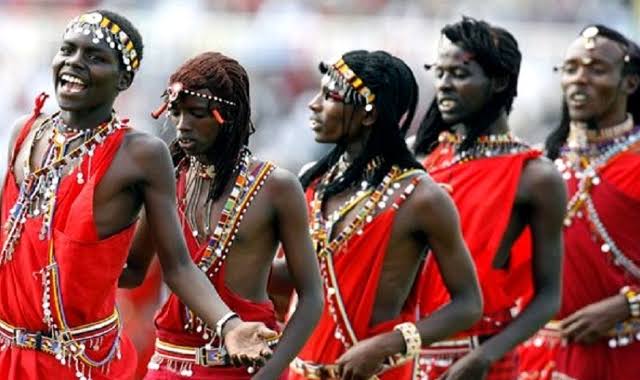
Closing the list is the Chaga tribe from Tanzania. Traditionally, this tribe inhabit the Eastern slopes of Mount Meru and Mount Kilimanjaro; and are mainly concentrated around Moshi in Tanzania.
In Tanzania, they are regarded as the first tribe to embrace Christianity during the colonial times; which in turn gave them a better access to advanced health care and education in Tanzania. It’s fun to visit these tribes in these countries and enjoy their culture and hospitality with their food.

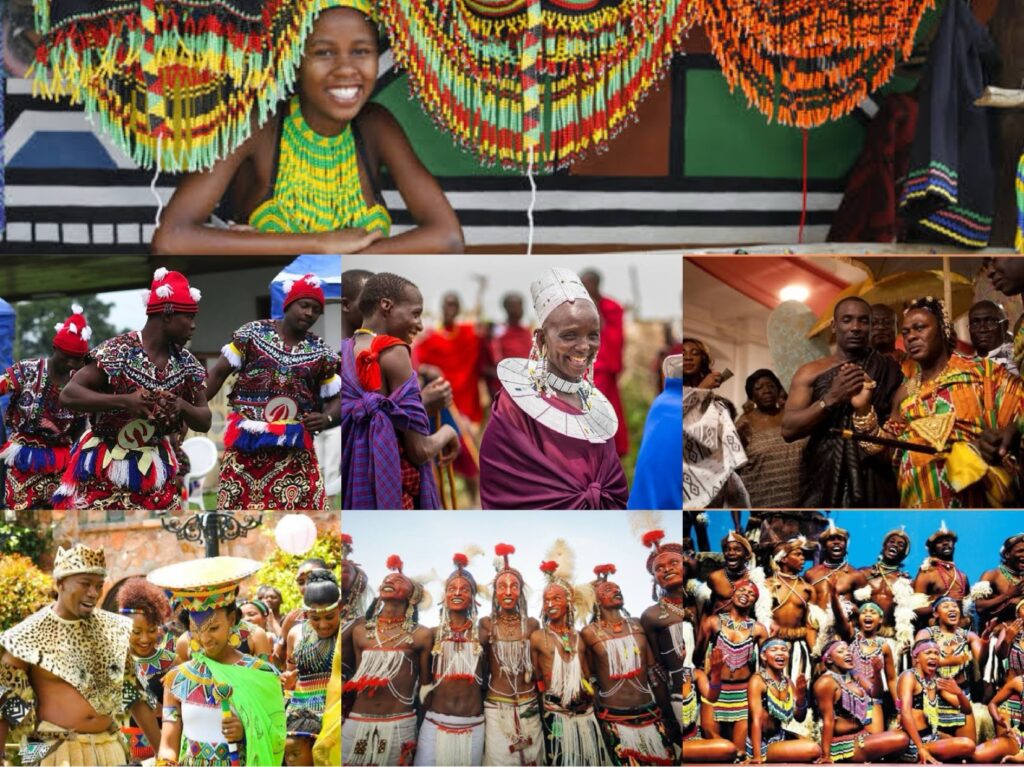
1 Comment
Has anyone managed to solve an admin problem with Windows 10? unsuccessful, ASK at one, better still 2 or 3, of the numerous Windows 10 forums. Good luck!